Where to see Britain's last remaining wild orchids, by the 'orchid thief' who risked prison to save these beautiful plants
The enchantingly beautiful native orchid is, tragically, one of Britain’s most endangered wildflowers, but it’s still possible to see them if you look in the right places, says Ben Jacob, author of The Orchid Outlaw.
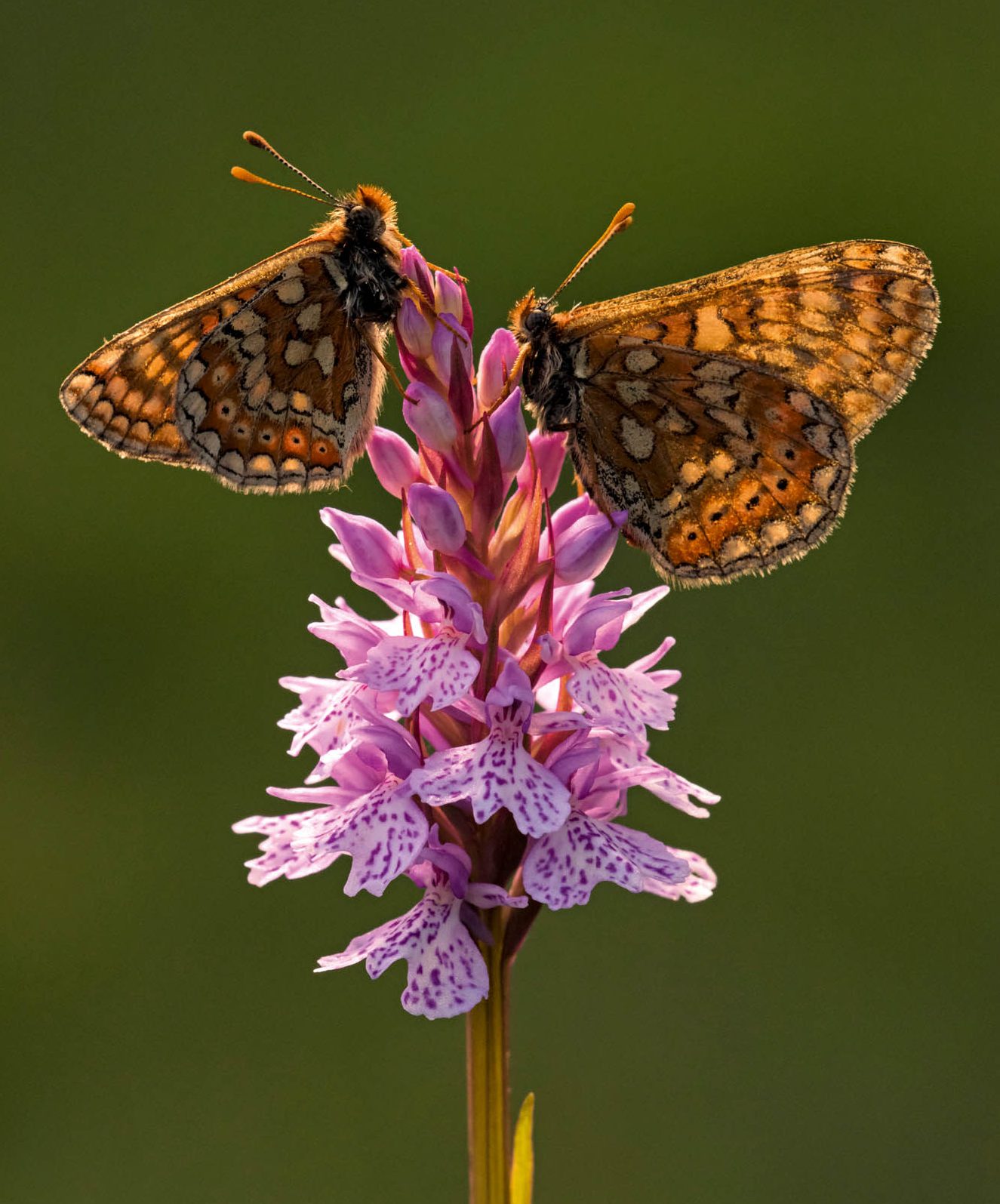
Britain’s orchids are in decline — some are seeing a gradual slide towards extinction and others a recent population collapse. This is a consequence of a shift made about two centuries ago from millennia-old forms of land management to industrialisation. Over this period, clear-felling of ancient woodland, ploughing grasslands, draining marshes, urbanisation and the proliferation of chemicals in the earth, water and air have occurred on an unprecedented scale. Many of these factors have been enabled by feeble environmental legislation.
To them can be added the phenomenon of climate breakdown, which affects the emergence of pollinators, flowering periods, the setting of orchid seed and the suitability of certain habitats. For a long time, I wasn’t really attuned to these issues, then, as I describe in my book The Orchid Outlaw, a curious sequence of events woke me to the plight of these fascinating plants. I decided to save them.

I heavily researched native orchids, turned my kitchen into a micropropagation lab, my backyard into an orchid nursery, embarked on night-time raids of building sites to rescue orchids that would otherwise get crushed and started my own (unofficial) orchid reintroduction programme.
Sometimes, my actions were legally questionable. I’m not normally a lawbreaker, but given that all current data shows that existing policies, legislation — and even conservation efforts — are largely failing to reverse orchid population decline, I decided to help in my own way. After all, I was not going to stand by as the land my ancestors had shaped, fought and died for slowly lost an exquisite part of what makes these islands special.
Where to see wild orchids in Britain
The New Forest
Heaths and bogs within this outstanding example of preserved land are great places to find the tiny bog orchid, pink clouds of heath-spotted orchids, the exquisite bee, heath fragrant, and the increasingly rare lesser butterfly.
Braunton Burrows, north Devon
The slacks between the huge dunes in this UNESCO Biosphere Reserve are home to large numbers of early marsh orchids. Their densely packed flowers carpet the sand in a spectrum from white to brick red; marsh helleborines also blossom alongside well-named pyramidal orchids and scarce marsh fragrant orchids.
Kenfig/Cynffig, South Wales
A dune habitat where the early purple orchid starts the season, followed by pyramidal orchids, bee, chalk fragrant, common-spotted, early marsh, broad-leaved helleborines and marsh helleborines.
Exquisite houses, the beauty of Nature, and how to get the most from your life, straight to your inbox.

Later in the summer, autumn lady’s-tresses produce their spirals of small bell-like blooms. The jewel in the crown here is the rare fen orchid with its pale-green, skywards-facing flowers.
Hartslock Reserve, Oxfordshire
Overlooking the Thames are some good examples of England’s ‘little men’ orchids: the jumbled candy-floss limbs of the monkey orchid, a few lady orchids, and a growing number of lady/monkey hybrids, unofficially known as ‘lonkeys’.
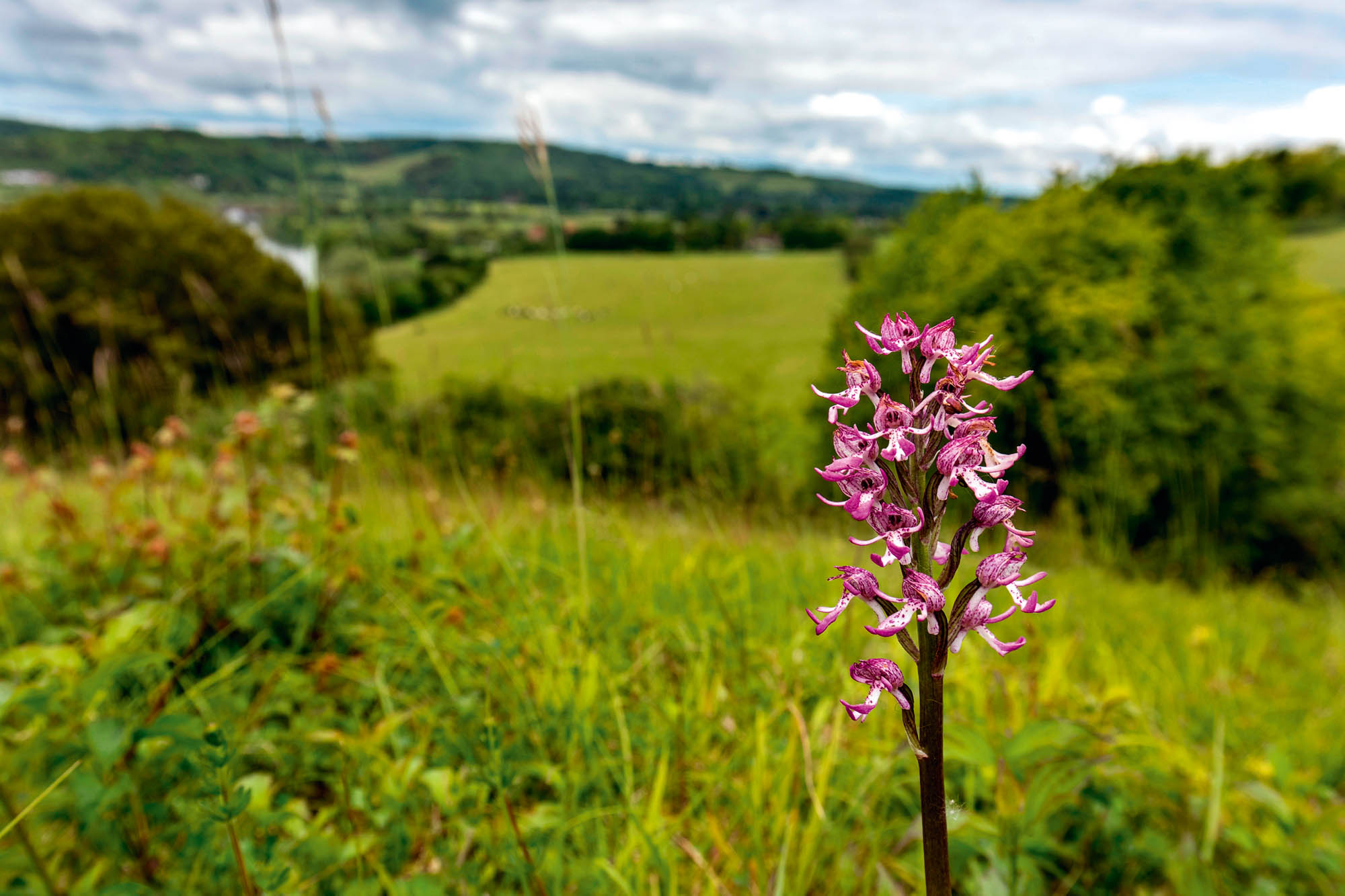
Upper Teesdale, Co Durham
An area arguably unmatched for British flora, it boasts early purple, chalk fragrant, common twayblade, common spotted, northern marsh and early marsh, lesser and greater butterfly, and the scarce dark-red helleborine.
Feoch Meadows, Ayrshire
One of Britain’s best examples of traditional meadowland, where orchids include the lesser butterfly, greater butterfly, heath fragrant, the increasingly scarce frog orchid and the rare small white.
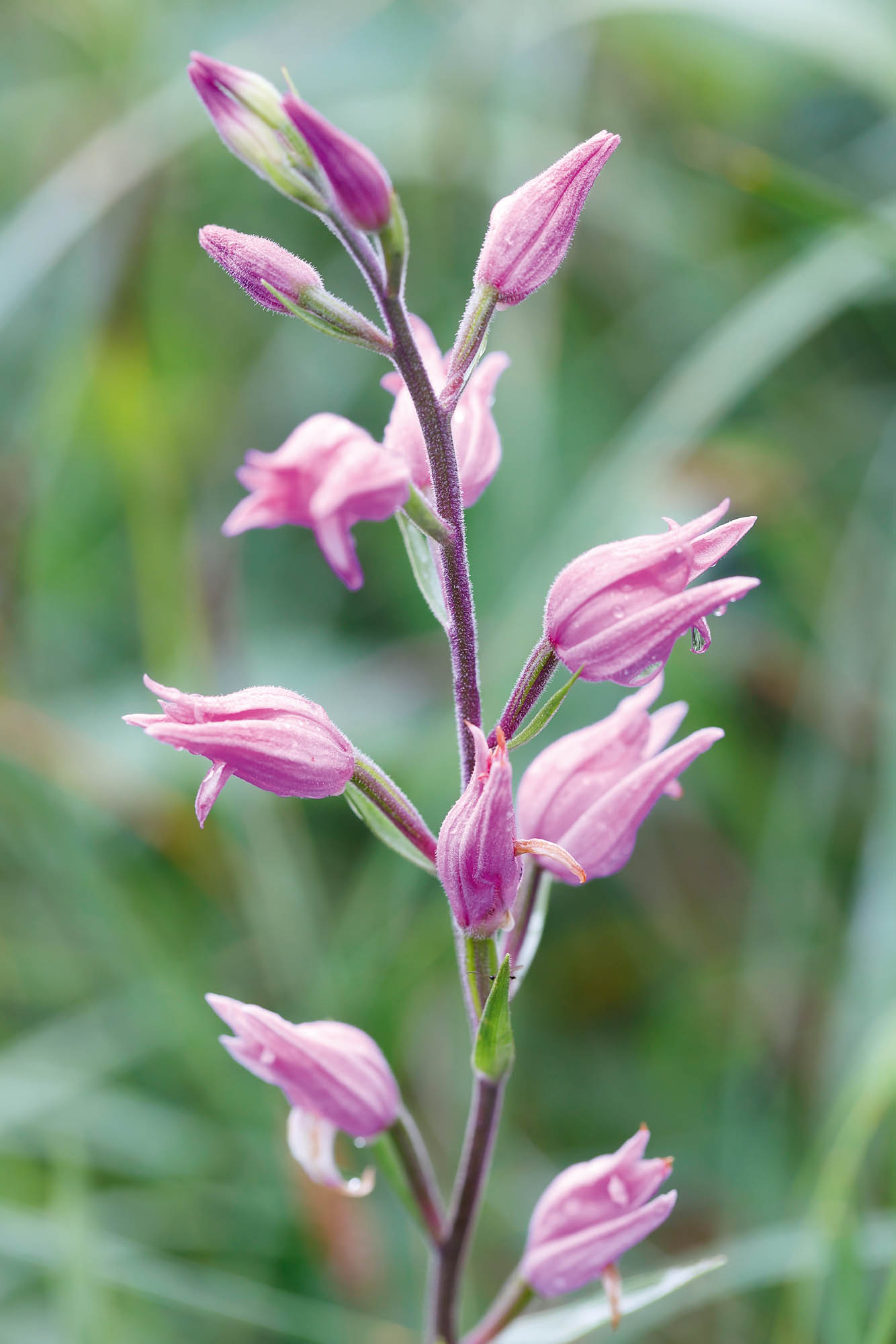
'Saving Britain’s orchids is about more than beauty in the wild; it is about protecting and preserving the rich tapestry of our natural heritage'
Frog, bird’s-nest, bee, fly, monkey, late spider, lizard — if you think these are ingredients for a potent Hallowe’en brew, think again: welcome to Britain’s fascinating array of wild orchids. Orchids are the most diverse, most highly evolved flowering plants on the planet. With more than 30,000 species (compared with 6,399 mammalian ones), the vast majority are native to tropical zones. It was these that wealthy Victorians feverishly imported at great cost from the jungles of Asia and the Americas. Ever since, tropical orchids have overshadowed Britain’s native flowers, to the extent that many people today simply do not realise that we play host to more than 50 species.
The first of Britain’s native-orchid flowers appear in early spring. On a few cliff tops along England’s south coast, stumpy plants with small lime-green leaves open fuzzy brown flowers surrounded by a corona of five light-green ‘legs’. Centuries ago, herbalists thought these blooms looked sufficiently like little fat-bellied spiders to call the plant the early spider orchid and the name has stuck.
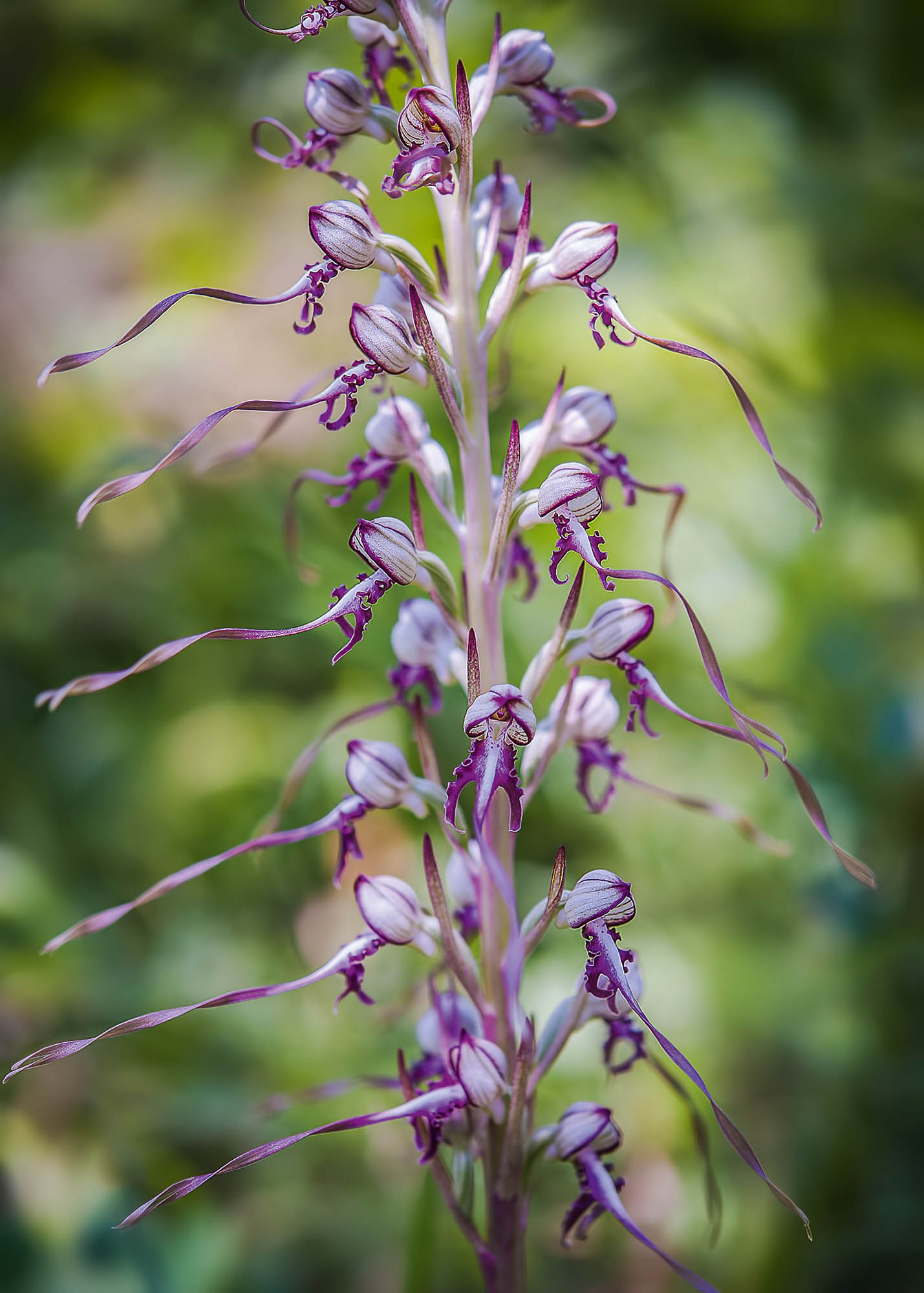
To me, they look more like little paper models of strange lime-and-chocolate lollipops quivering in the breeze. In fact, their complex combination of shape, colour and texture — as well as a scent mixed from more than 100 different chemicals — has nothing to do with spiders (or lollipops). Rather, it evolved to perfectly mimic those of a female solitary bee, which tricks newly emerged male bees into attempting to mate with the flower. In this process (known as ‘pseudocopulation’), the bee pollinates the plant.
Away from southern cliffs, the first flowering orchid of the year is usually the early purple orchid. Its spires of blooms rise like flamboyant mauve hyacinths among bluebells, primroses and cowslips on old hedge banks, unsprayed verges, ancient woodlands and in meadows. At about the same time, in traditionally managed meadows — like huddles of dainty green-and-white-striped bonnets — the green-winged orchid’s flowers arrive.
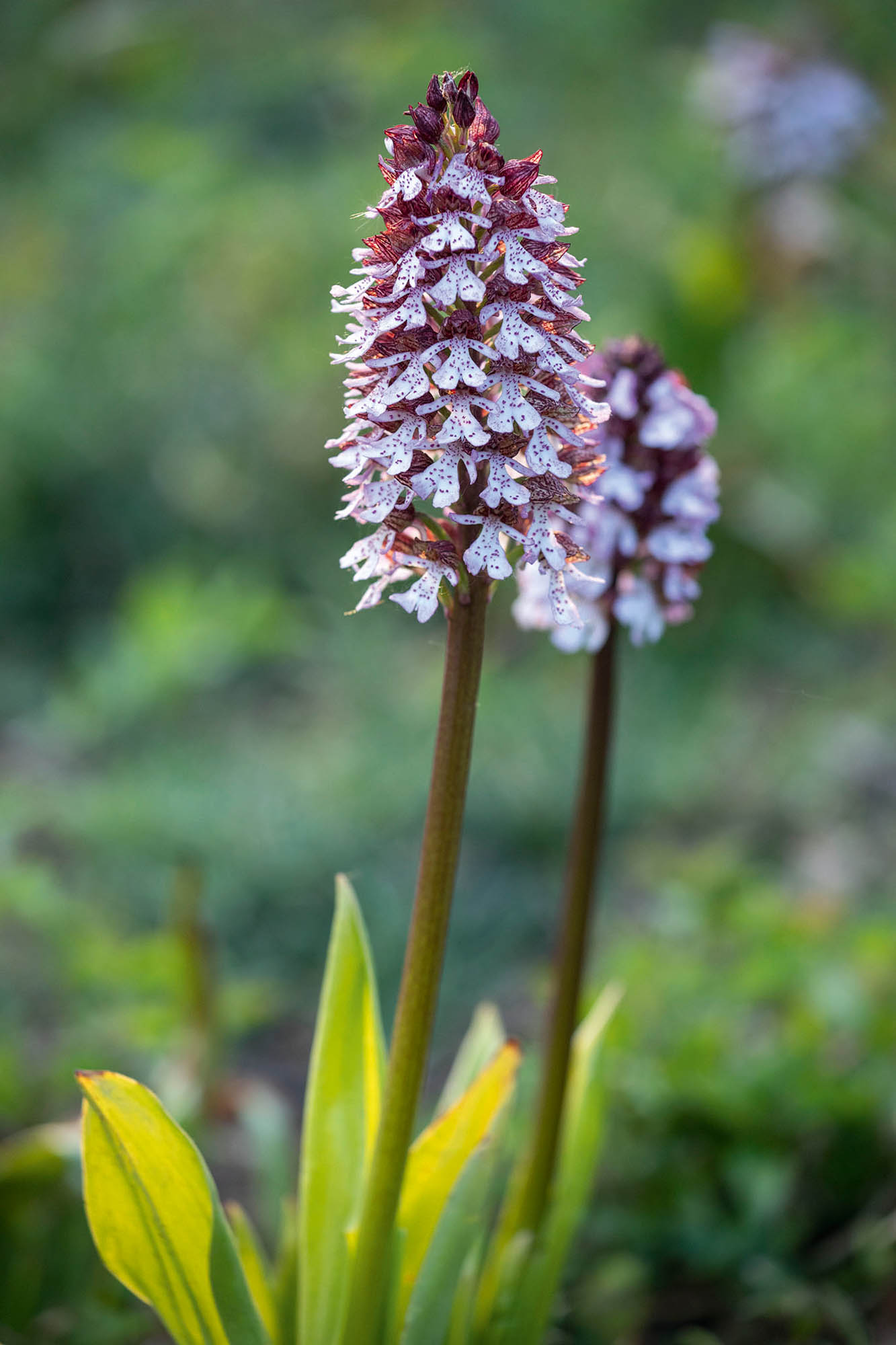
As summer progresses, in select parts of the country, amid wild thyme, milkwort, kidney vetch and swaying meadow grasses, the air humming with choirs of bees and crickets, flickering with the wings of butterflies and day-flying moths, the full spectrum of Britain’s orchids bloom, enchantingly beautiful, as if forged by Fabergé. There are elusive bog orchids no taller than your thumb; many species and varieties of marsh orchids — early, southern, northern, pugsley’s, heath-spotted, Irish, common-spotted and frog — producing bouquets of speckled pinks, magentas, crimsons and even, in the case of the frog, green trimmed with russet.
The military orchid, burnt, man, lady and monkey prefer well-drained meadows and clearings where they display flowers shaped like little people with stumpy limbs and hoods or caps over their heads (why this shape? We do not know). The spectacular lady orchid resembles a cloud of little women in burgundy skirts and bonnets being swept up into the sky on a breeze. The common twayblade may have unassuming columns shaggy with pale-green flowers, but do not let appearances deceive you: it was one of the first orchids ever recorded in English (in 1548) and it can outlive a human by decades.
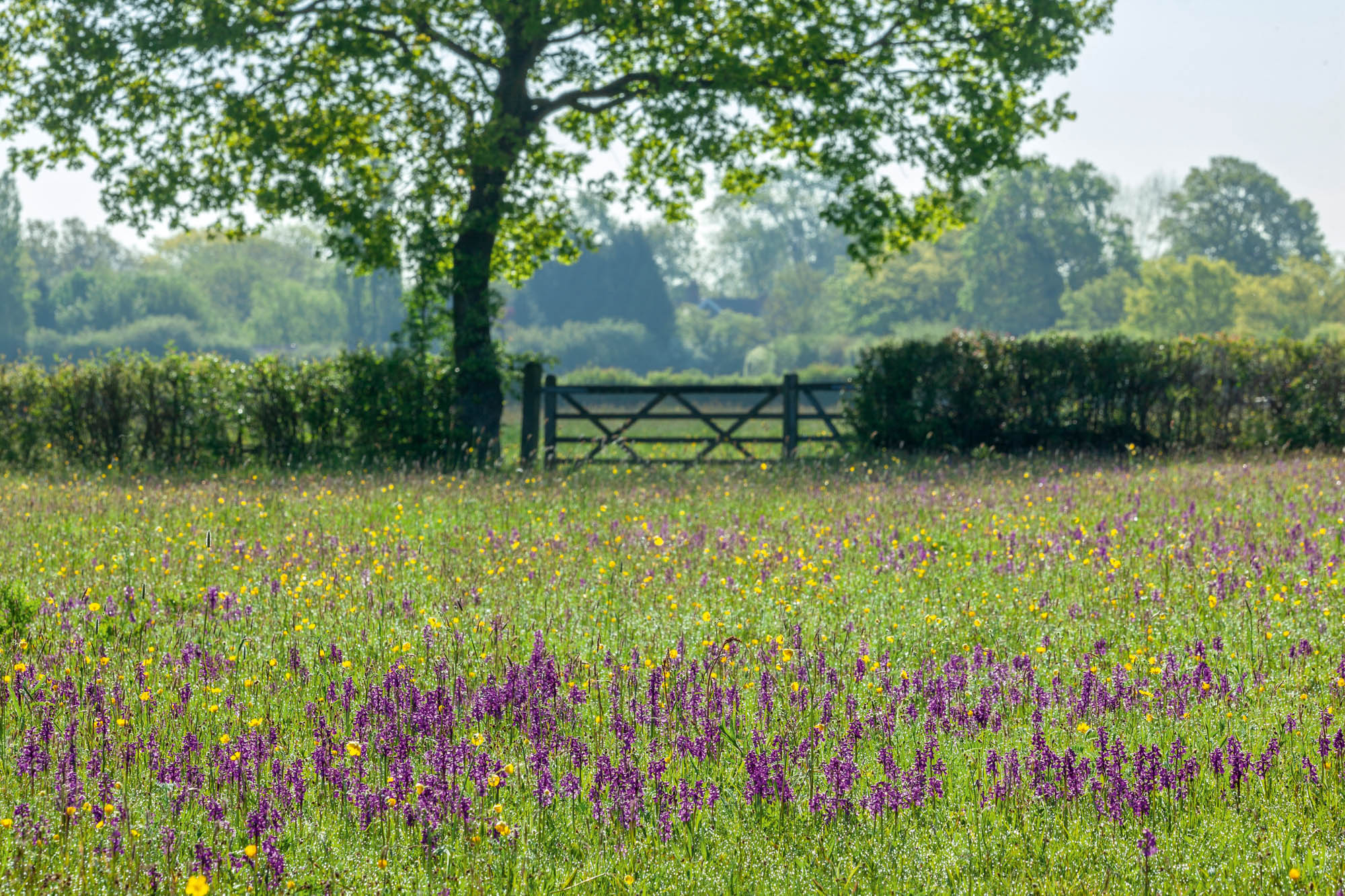
In the shady depths of beech forests, the otherworldly bird’s-nest (named after its scruffy, nest-like rhizomes) lives underground without sunlight, only sending its spikes of bone-coloured flowers into the daylight. Our two species of butterfly orchid — the increasingly rare lesser butterfly and commoner greater butterfly — have flowers like winged serpents sculpted by Dalí out of lemon meringue. They are pollinated by night-flying moths attracted to their lily-like scent and the ethereal glow they produce by moon and starlight. In contrast, the lizard orchid has been said to smell of goat and can have yard-high banners smothered in twisted petals like lizards’ tails.
As summer progresses, Britain’s helleborines bloom. Some of these are woodland plants, others prefer northern limestone habitats; some have flowers like blunt-tipped, five-pointed stars drooping from tall stems, others have slender, snaking stalks and graceful flowers that open like birds in flight. Found in only a handful of guarded locations, the critically endangered red helleborine is one of the rarest plants in Britain.
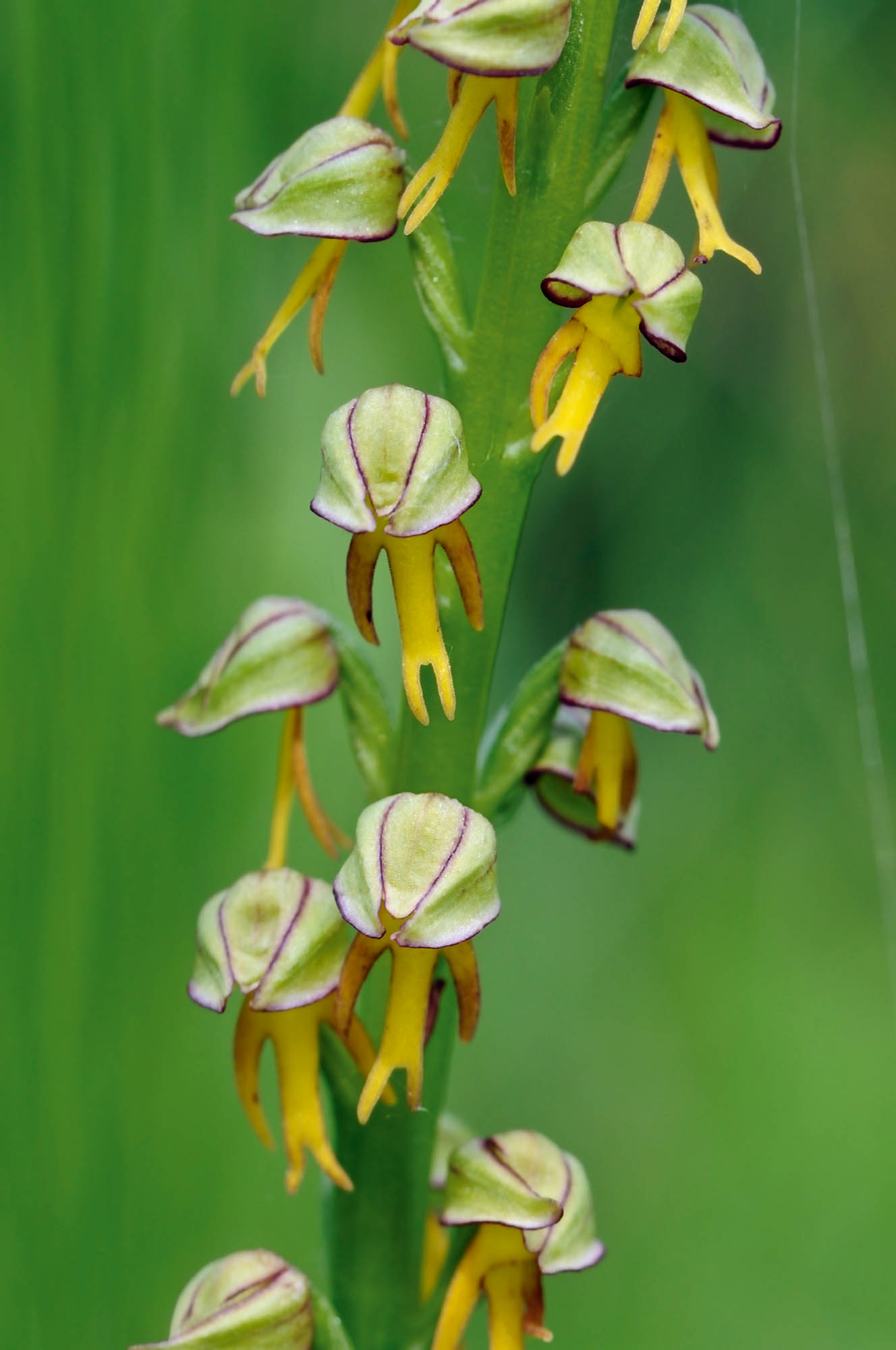
When summer segues into autumn, the last of Britain’s wild orchids, autumn lady’s-tresses, raises its little spires hung with pale, honey-scented bells and offers its nectar to incongruously large bumblebee pollinators. Charles Darwin studied the way bumblebees pollinated these flowers and how this orchid has a very clever mechanism for ensuring cross-pollination. By doing so, these native flowers proved his theory of coevolution: the flowers would not look or operate that way without the presence of bumblebees. Similarly, without their pollinators, orchids such as the early spider would not have evolved to look, feel and smell as they do.
When winter arrives, autumn lady’s-tresses die down and the next generation of the species that flowered earlier in the year start to appear, waiting out the winter as low leaf-rosettes until, in spring, the process of flowering and seed-setting begins again. It is a cycle of growth and rebirth and the creation of new generations that these plants and their ancestors have engaged in for about 66 million years. Unfortunately, it is a process increasingly disrupted by human action. This is making the sight of orchids on these islands increasingly uncommon.
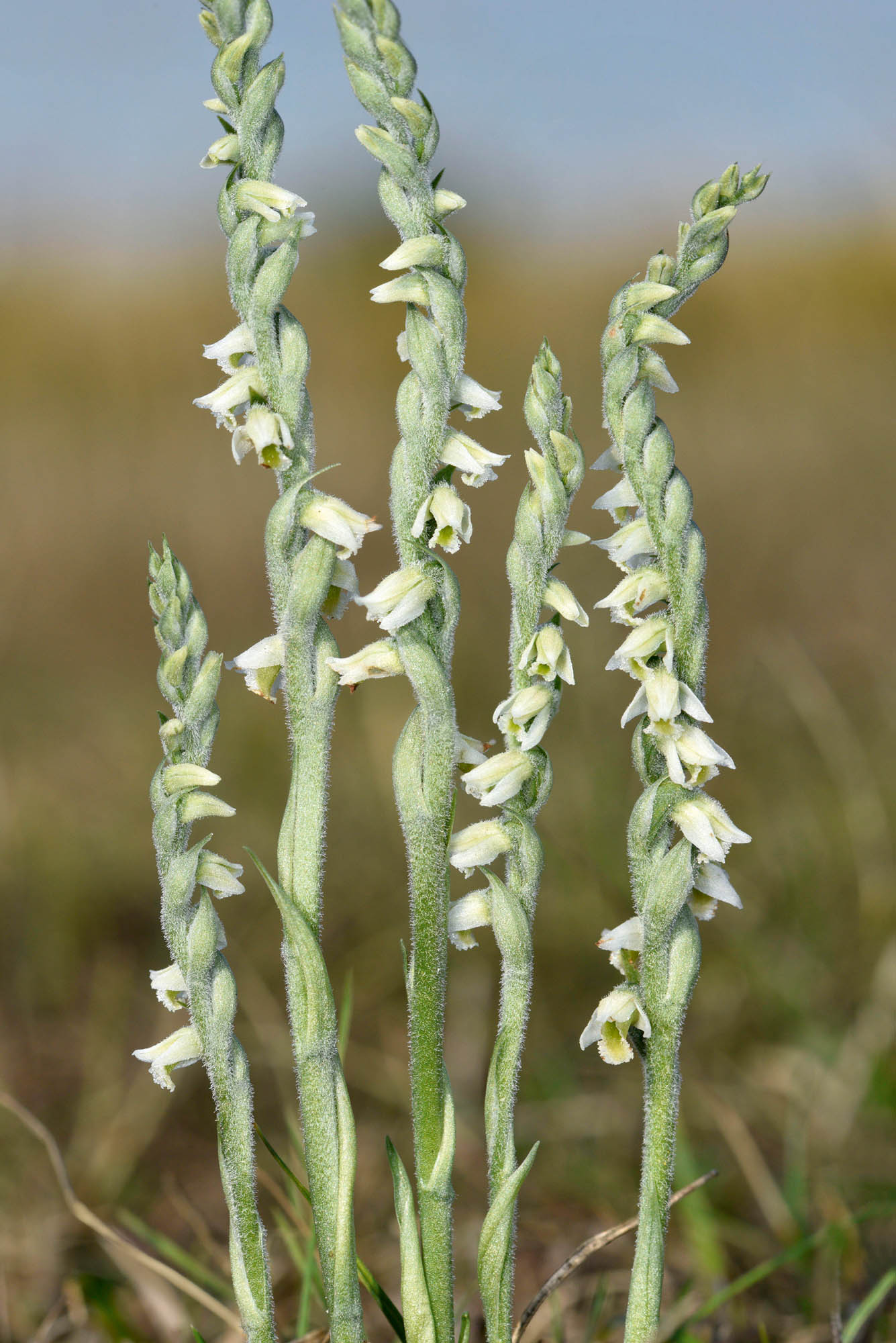
As did all our flora, orchids evolved to inhabit ecosystems specific to these isles, such as ancient beech forests, bogs, heaths, woodland clearings, marshes and meadows. Humans have made these habitats fragmented and rare. One species of orchid, summer lady’s-tresses, went extinct in Britain in the 1950s. Another, Irish lady’s-tresses, died out in the 1990s. The gorgeous lady’s slipper, with its sun-yellow pouch and burgundy braids, clings on in the wild as a single plant.
The banana-scented ghost orchid has not been seen for 13 years. Has it gone forever? Perhaps.
Apart from a few concerned scientists, conservationists and enthusiasts, these disappearances receive little attention. For this reason, raising awareness of Britain’s orchids is more than about saving some beauty in the wild; it is about protecting and preserving the rich tapestry of our natural heritage for future generations.
Ben Jacob is the author of The Orchid Outlaw, both published by John Murray Press.

Toby Keel is Country Life's Digital Director, and has been running the website and social media channels since 2016. A former sports journalist, he writes about property, cars, lifestyle, travel, nature.

